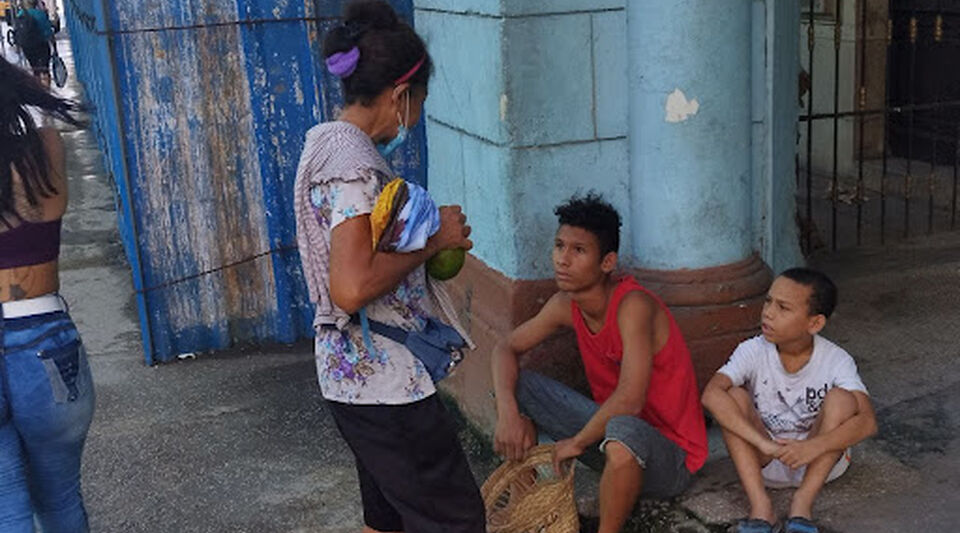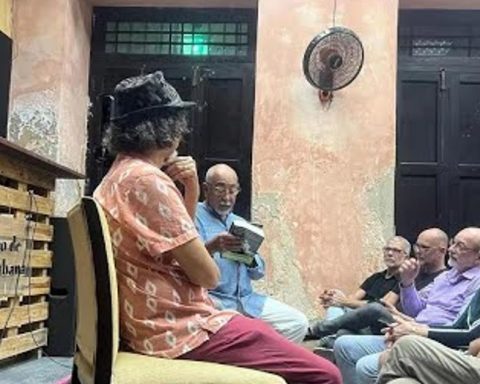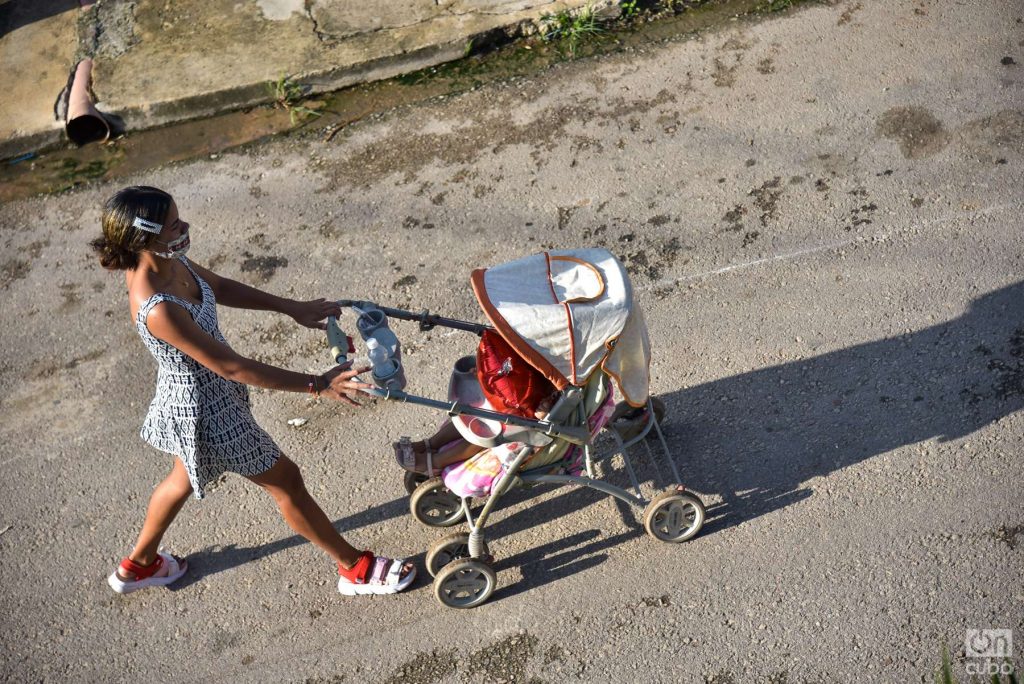Ragged, with dull eyes and a slightly hoarse voice, two children ask for money in Centro Habana. The oldest will be fourteen or fifteen years old, the youngest does not exceed eight. One is barefoot, with disheveled hair and grime-stained skin. The other is wearing a pair of very worn flip-flops.
They ring a bell and extend a wicker basket, taking advantage of the movement of Belascoaín and Carlos III. At the corner where the precocious beggars operate, an ailing lady arrives, not very presentable, who nevertheless scolds them for begging. “Where did they leave her family?” She tells them, without the children being able to answer.
The rates of begging on the Island have soared tragicallyand if before only older men, generally alcoholics, were seen begging on the streets, now women, disabled people, psychiatric patients, adolescents and children also do it.
“They are the typical drunkards, who always carry their plastic bottle to store the ‘spark’, the alcohol of any category that they consume. Most are adult men”
The homeless euphemism with which the Government has described the beggars has proven to be a gross simplification. Although many of them, in fact, live on the streets and sleep in doorways or cornered in a dilapidated building, others ask “by trade.” They are placed in central avenues and question not only tourists, but also Cubans.
In many cases they are “stationary” beggars: they choose a neighborhood or a specific corner, and learn to take the pulse of their space, the best hours, the faces of passers-by, the precise words to get a coin or a loaf of bread.
“Most adults are very impaired by alcohol and age,” he assures 14ymedio Julia, a resident of Centro Habana. “They are the typical drunkards, who always carry their plastic bottle to store the spark, the alcohol of any category that they consume. Most of them are grown men.
The reason that begging has proliferated so much, Julia believes, is due both to the resounding crisis that the Island is going through and to the closure of several nursing homes in Havana. “These are things that have a lot to do with each other: the collapse of the economy, the outbreak of misery and forced parental responsibility in the new Family Code. Everything is designed so that the State can wash its hands,” she says.
“On the ground floor of my building,” says the woman, “several beggars ‘alternate’. There was an old and very sick one, with a catheter from his urine collector, always stained by a bloody liquid. He slept between cardboard and right there urinated and defecated, right in front of the front door.
Like other neighbors, Julia avoids leaving the building when the beggars are “on call.” A recent episode of violence confirms this forecast. “Recently, a neighbor came down at ten o’clock at night to throw out the garbage and one of them took advantage, pushed the door and tried to enter the building. I don’t know what he wanted, whether to lie down inside, urinate or settle on the roof.”
“The neighbor tried to block his path and the man became aggressive. Since then we have never thrown the garbage out at night,” explains Julia.

Faced with government rhetoric, which closes its eyes to extreme poverty on the island, the woman assures that there have always been beggars, but now they are increasingly aggressive and it is common for them to become “fixed tenants” of portals and buildings. Although they do not stop frequenting the “boulevards for beggars” of Havana: the streets Infanta, Carlos III, Belascoaín and other central avenues.
“The Cuban does not have a culture of giving money to beggars,” adds Julia. Children are always warned that beggars want someone else to “pay for their vices,” and use that capital to buy rum or cigarettes. That is why it is infrequent for passers-by who walk through the long Havana portals to place a bill in the deposits that the indigent extend.
One of the variants that misery adopts in Havana is that of the “vendor beggars”, also sitting on the ground floor of buildings. “The most notorious thing about their ‘merchandise,'” says Julia, “is that it is old, used, sometimes dirty things, in a variety that goes from pots, pans and other kitchen utensils, to equipment, plugs and, torn shoes and old books, of course.”
________________________
Collaborate with our work:
The team of 14ymedio is committed to doing serious journalism that reflects the reality of deep Cuba. Thank you for joining us on this long road. We invite you to continue supporting us, but this time becoming a member of our journal. Together we can continue transforming journalism in Cuba.


















